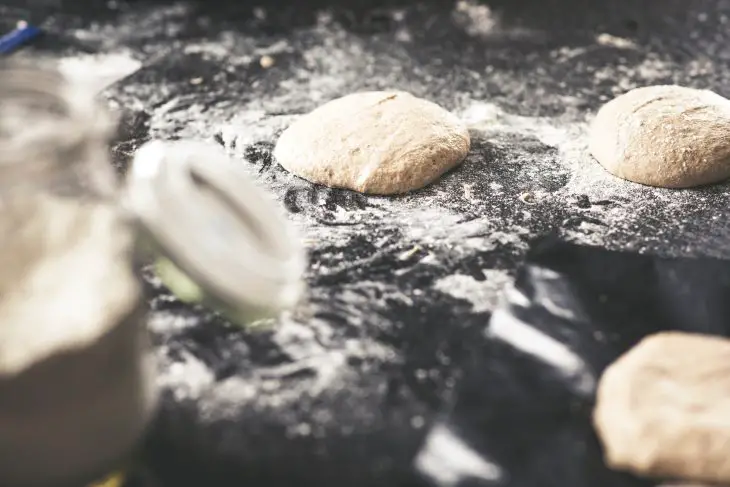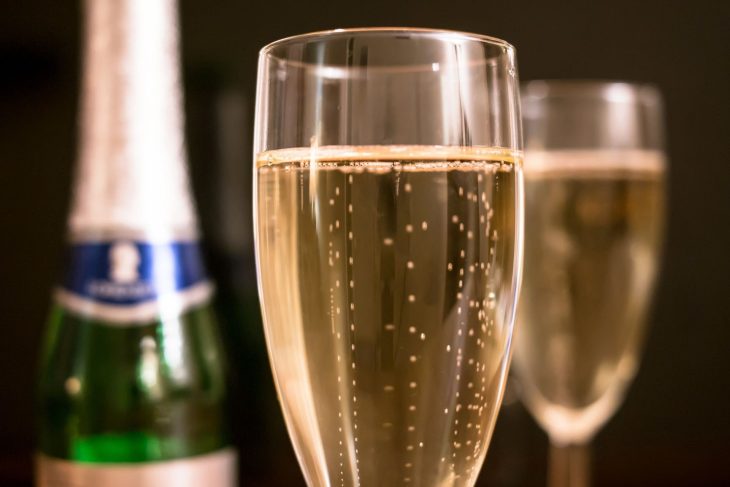Hey there! This site is reader-supported and we earn commissions if you purchase products from retailers after clicking on a link from our site.
All right, it’s time to talk about yeast tag teams. There are so many kinds of yeast out there that it’s mind boggling trying to decide which one goes best with what. Fortunately, most yeasts are named for their purpose, such as wine yeast being ideal for wine, brewer’s yeast being ideal for beer, and bread yeast…well, you get the idea.
But as we have discovered in other articles, such as “Best Yeast For Mead & Making Mead With Bread Yeast” or “Brewer’s Yeast vs Baker’s Yeast For Bread,” a lot of yeast strains are interchangeable. Why? Because there are multiple forms of yeast, also known as Saccharomyces cerevisiae.
The real question is: what makes them different? What makes wine yeast any different from bread yeast and so on? And, most importantly, can you use wine or champagne yeast for baking?
Time to find out.
Not All Yeast Is Created Equal
To say all yeasts are the same is like saying all dogs or cats are the same. One word can pertain to hundreds of breeds, all with strikingly unique characteristics. For the same reason you wouldn’t confuse a pug for a Leonberger, you shouldn’t confuse two kinds of yeast and hope they do they same thing.
Wine yeast and baking yeast are not the same.
Even bread vs baking yeast and wine vs champagne yeast have subtle differences that can change the entire end result of the beverage or food you’re making.
With that in mind, let’s have a look at our contenders:
What is Baking Yeast?
Are there different times of baking and bread yeast? Yes! The first is called dry yeast, and the other is wet or fresh yeast. Both are active yeasts, meaning they are alive. Dry active yeast is also referred to as instant yeast, and it has a long shelf life. The yeast dissolves quickly into wet ingredients.
Wet yeast is often used in sourdough starters, since you need both wet and dry yeast to make that specific kind of bread. But, more often than not, you won’t need wet yeast for baking or brewing purposes.

What is Wine Yeast?
If you ever wondered what kind of yeast is used to make wine, now you know. Wine yeast is bred to provide a high level of alcohol in the finished product, more than what you get from regular baking yeast. The average bread yeast yields around 9-10% ABV, whereas wine yeast gets much higher.
What is Champagne Yeast?
A champagne yeast is very similar to a wine yeast, but any particular strain of yeast bred for champagne is going to produce a cleaner, crisper taste.
But while we would like to say that that is why one is called wine yeast and the other champagne yeast, that’s not true. In actuality, finding a yeast with champagne in the name only designates it as a product from the Champagne region of France.
Keep this in mind! You might come across a yeast like Pasteur Champagne, which is actually terrible for champagne and sparkling wines. Meanwhile, Prise de Mousse or California Champagne are better suited.
When in doubt, avoid confusion by searching for and ordering yeast by the designation number.
Wine Yeast vs Bread Yeast vs Champagne Yeast
Let’s look at how these strains of yeast compare:
Alcohol Tolerance
As one would expect, bread yeast has less alcohol resistance than wine and champagne strains. In fact, champagne and wine yeast can survive in up to 18% alcohol, which helps get you more boozier options.
Fermentation
During the fermentation process, champagne and wine yeast release gases more slowly than baking yeast. This results in more alcohol.
Activity
When we talk about activity, we’re referring to what the yeast does when it isn’t consuming sugar or causing fermentation. In other words, is the yeast active or inactive?
Wine yeast and champagne yeast can become inactive when not in use. On the other hand, baking yeast is always active and ready to start working.
This is why caring for bread yeast requires more attention, since the yeast has to stay alive until you need it.
Nutrition
You wouldn’t add bread yeast to your meals for nutrition, since it can deprive your body of essential vitamins and minerals. Wine and champagne yeast are considered nutritional supplements and will provide an array of B-vitamins.
Can You Use Bread Yeast to Make Wine?
No, it’s not recommended. Bread yeast doesn’t create anywhere near the amount of alcohol to make wine or champagne. You need a specific strain of yeast to make wine and champagne tasty. Yeast transforms the wort—or the juice left behind after mashing the grapes and other ingredients—from sugars to alcohol.

Can You Use Wine Yeast to Make Bread?
The simple answer is yes, wine yeast can be used to make bread. The wine yeast has to be active, but as long as that qualifier is out of the way, bake your heart out. Remember, wine yeast, baking yeast, and brewer’s yeast are all more or less the same thing.
The one thing is that there are few advantages to using wine yeast to bake a loaf of bread. In fact, your bread will most likely come out tasting of alcoholic, and instead of having a rich flavor, the bread will be bitter.
Wrapping Up
So many yeasts to think about. Thank goodness you can figure out their intended purpose just by looking at the name. As we have found out, certain yeasts produce better results than others. For instance, you should now understand that using wine yeast for bread might deliver an unsavory loaf, whereas baking yeast for wine won’t have the same impact.
Hopefully this helps answer any questions. Now get out there and brew, bake, or mash!

